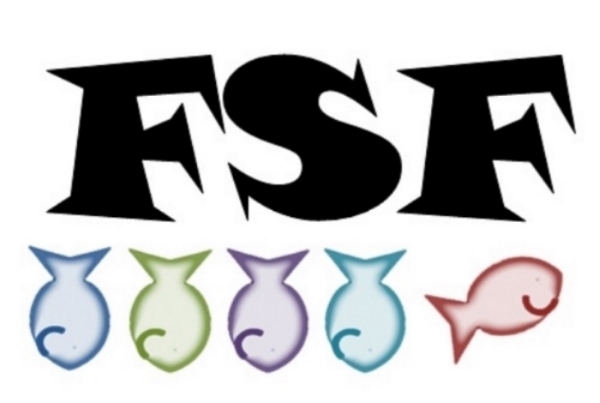One of the hardest parts of writing a book is coming up with a summary blurb for the back cover and a pitch to quickly and concisely tell what the story is about without giving away the entire plot. As a writer, summing up thousands and thousands of carefully constructed plot points and vivid characters into a 100 word blurb is the stuff of nightmares. It is not easy and it is not something that comes naturally.
My advice is to start big. Write out the summary of your novel as it stands. Don’t be worried about how long it is, just get it down on the page. When you are done, notice how long it is. Blurbs are typically 100 words or less (I know, right?).
Now that you have something to work with, your next challenge is to cut what you have on the page in half. How? Well, begin with removing these things:
· Anything that is not relating to the main plot.
· Any mention characters that are not pivotal to the main plot.
· Any physical description beyond the general age and/or occupation of the main characters
· Adjectives
· Adverbs
· Passive Voice
· Unnecessary filler words
Keep going and strengthening your sentences to pare down that original description to the 100 words. I can tell you that the key is using active voice and eliminating unnecessary filler words. Brevity is the point here, so there’s no point in using long meandering sentences.
To add in another layer of difficulty, here are the things that you need to have in your blurb:
· A convincing hook into the story
· Timeframe of your story
· Describe the genre without actually saying what kind of genre it is (use your genre’s key phrases or words.)
· Don’t reveal the ending
· Suspense
· Enough of the plot to keep the reader’s attention
I know this is a lot, but if you spend some time with it, eventually, you will make it to the 100 word goal for the blurb.
Pitches, also known as elevator speeches, are even shorter. One or two sentences that wrap up the story and yet entice readers to take a look. For sanity’s sake, wait to do your elevator speech/ pitch until after you’ve completed your blurb. Then, take the most attention grabbing sentences and use those to formulate your pitch.
Example: “Angel’s Prophecy is about the son of two angels who shouldn’t exist. He’s destined to end the war between heaven and hell, but he has to find a weapon that was stolen from heaven first.”
I promise that if you take the time and have a little patience with it, you will create an amazing blurb and a truly intriguing pitch.
Revise, Rewrite, Revise Again!
Kira

